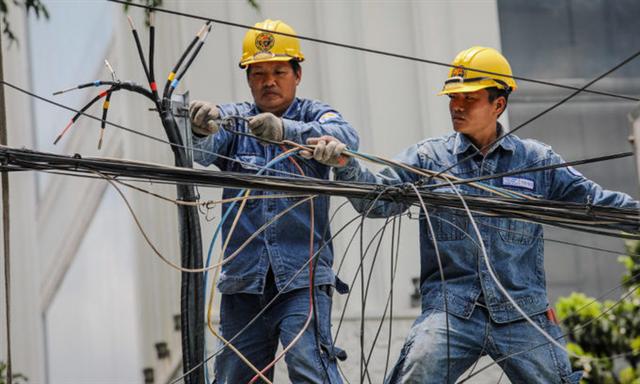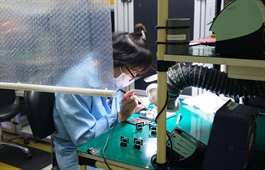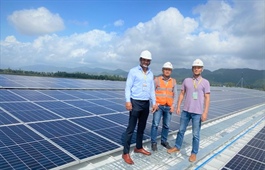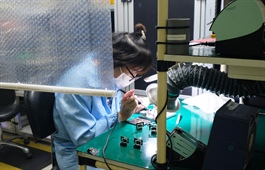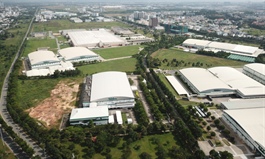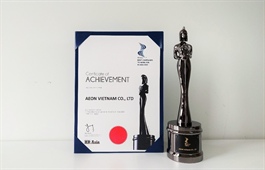Investment in coal-fired power to dry up as world seeks to go green
Investment in coal-fired power to dry up as world seeks to go green
Vietnam will find it hard to mobilize foreign funding for coal-fired electricity plants because many nations have vowed to step up environmental protection.
Workers fix electric cables in District 1, Ho Chi Minh City. Photo by VnExpress/Thanh Nguyen |
Most of the investments in coal-fired electricity plants in Vietnam in 2015-21 came from China, South Korea and Japan, but the three countries have now pledged to stop investing in such power stations, Mark Hutchinson, chairman of the Southeast Asia Task Force, Global Wind Energy Council (GWEC) Asia, said at an online conference on finance for energy projects on Monday.
For coal-fired power stations to be built between 2021 and 2030, funds for some 11.6 gigawatts have been arranged, but not for another 8.6 GW. For 2031-40, finance has yet to be tied up for 10.1 GW.
Patrick Jakobsen of Danish investment fund EKF said due to higher investment risks and stronger commitment to green energy by many nations and international financial institutions, interest rates on loans for coal power projects are 1-1.5 percentage points higher than for other kinds of energy.
Vietnam should accelerate renewable energy development, especially offshore wind farms, since funding would be easier, he said.
Hutchinson concurred, saying Vietnam should diversify its power sources, and further tap others like gas, wind and solar to ensure energy security.
According to GWEC, offshore wind power offers long-term economic benefits. It estimated that Vietnam’s first 4-5 GW of offshore wind power would need investments of $10-12 billion.
Qiao Liming, Asia director of GWEC, said the strength of offshore wind power lies in the high efficiency rate of 29-52 percent, double that of solar energy, higher than onshore wind power and equal to gas.
With new technologies, the rate is increasing annually by 2.5 percentage points, she said.
Vietnam should create a bidding mechanism for offshore wind power projects, replacing the current feed-in tariff (FIT) system, she said.
The FITs for offshore and onshore wind power currently stand at 9.8 cents and 8.5 cents per kilowatt-hour applicable for 20 years for plants that begin commercial generation before Nov. 1.
Vietnam aims to produce 10.7 percent of its electricity from renewable sources by 2030, mainly solar and wind.


